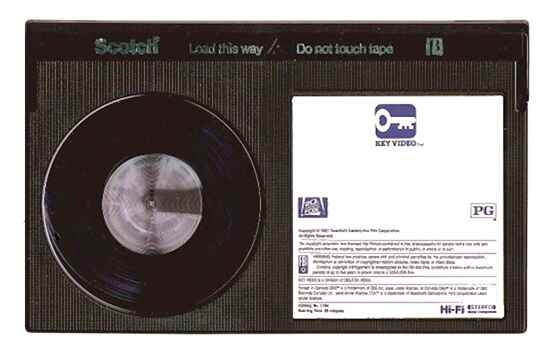Betamax is a consumer-level analog recording and cassette format introduced by Sony in 1975. Here’s a comprehensive overview of Betamax:
1. Introduction:
- Year of Release: Betamax was introduced by Sony in 1975.
- Purpose: It was designed for consumer use in recording television programs, similar to the later VHS format.

2. Technical Specifications:
- Cassette Size: Betamax cassettes were smaller than VHS cassettes.
- Recording Time: Initially, Betamax had a shorter recording time compared to VHS, typically one hour.
3. Advantages:
- Video Quality: Betamax was known for its superior video quality compared to VHS.
- Professional Use: Betamax found applications in professional video production and television broadcasting.
4. Disadvantages:
- Shorter Recording Time: One of Betamax’s main drawbacks was its initial shorter recording time per cassette.
- Market Competition: VHS eventually gained more market share due to longer recording times and aggressive marketing by other manufacturers.
5. Competition with VHS:
- Format War: Betamax and VHS engaged in a format war during the late 1970s and early 1980s.
- VHS’s Success: VHS ultimately emerged as the dominant format due to longer recording times, lower manufacturing costs, and greater industry support.
6. Decline:
- Market Share Loss: Due to VHS’s widespread adoption, Betamax lost significant market share in the 1980s.
- End of Production: Sony officially stopped producing Betamax tapes in 2016.
7. Legacy:
- Professional Use: Betacam, a professional video format derived from Betamax, continued to be widely used in the broadcast industry for many years.
- Collectors’ Item: Betamax players and tapes are considered collectors’ items by some enthusiasts.
8. Modern Alternatives:
- Digital Formats: With the rise of digital technology, analog formats like Betamax have become obsolete.
- Digital Preservation: Efforts are made to digitize and preserve content recorded on Betamax tapes before it degrades.
9. Cultural References:
- Pop Culture: Betamax is occasionally referenced in popular culture as a symbol of technological obsolescence.
10. Collectibility:
- Vintage Tech Collectors: Some individuals collect Betamax players and tapes as vintage technology items.
11. Preservation Challenges:
- Magnetic Tape Degradation: Betamax tapes, like other magnetic tapes, are susceptible to degradation over time, making the preservation of their content challenging.
12. Influence on Future Technologies:
- Legacy in Professional Broadcasting: Despite its consumer-market decline, Betamax’s legacy lives on in the professional broadcasting industry through formats like Betacam SP.
In summary, Betamax was a pioneering video recording format that faced intense competition from VHS and eventually faded from the consumer market. However, it played a crucial role in the development of professional video formats and is remembered as a part of the history of home video technology.











